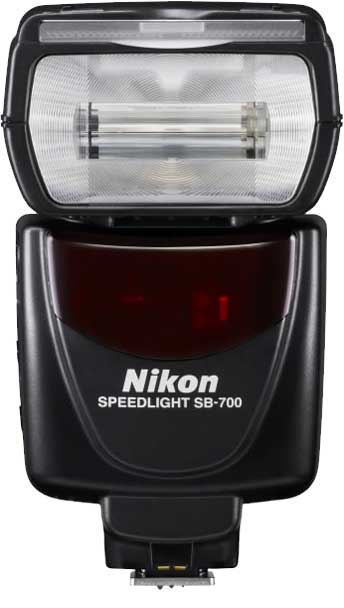
I love the Nikon CLS flash system. For me, it is THE reason to choose Nikon over any other brand. Their R&D, fit and finish, and performance are second to none in the small flash arena. For a few years the SB-800 was the go to flash for me, offering the control, and power needed for a working professional. Recently Nikon updated it’s flash line; first with the flagship SB-900 replacing the SB-800, and more recently the SB-700 replacing the SB-600. I am currently using SB-900’s as my go to main flash units, but when my last SB-800 died I decided to take a look at the new SB-700 as an alternative. After reading David Hobby’s (aka the Strobist) initial review of the flash I decided to give it a go. After a couple of weeks with it, I’m not only impressed, but sold on this unit. I’ll be buying more.
What it had to have

There were a few things that this flash had to have to make it useful for me. The first and most important thing that I need is power. I often double, and triple diffusing my flashes to increase the quality of light. This requires a lot power to shoot through all of these layers of diffusion and still have enough “oomph” to light the subject. The SB-700 has power to spare. After shooting it side by side with a SB-800 I’m pretty sure that the power output is on par with that unit. Of course I didn’t do a scientific comparison to measure this, but just the light output, the coverage, and the recycle times make me think that this flash is right there with the 800. Nikon claims not, but I have to think that the low power rating by Nikon is to drive pros to the SB-900 over the 700. Suffice to say that this flash meets my power and output needs without a problem.
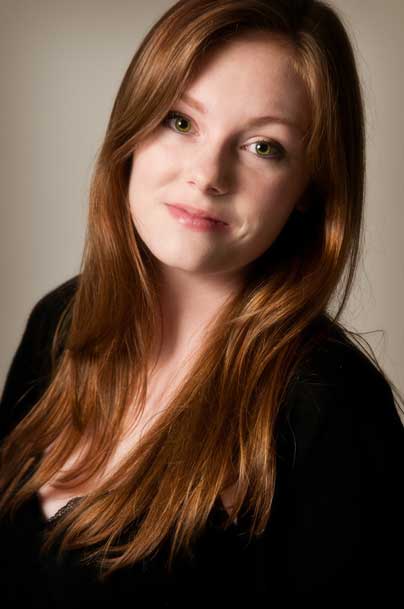
The next thing on my list of must have’s is control. I need to be able to control wireless flash systems just as I would with the SB-800 if I’m going to be using these flashes as replacements. The SB-700 gets part of the way there. Let me explain. Nikon did a great job by putting a lot of the controls on the outside of the flash similar to the SB-900. They placed a rotating switch similar to the 900 for TTL, remote, and Master selection for the wireless CLS system. While we’re on this subject, the 700 can act as a Master flash for the CLS system, but only offers two groups. For me this isn’t a big deal because I use them with the Pocket Wizard Flex units, which allow me to add that control externally anyway. The 700 also adds a physical switch to the back of the unit to select your mode. With the option of TTL, Manual, and guide number, it has every option that I would want. Another Physical switch added to the back of the flash is the light output type (standard, even, and center weighted). The FEC (flash exposure compensation) for your main unit, and the remote units when in master mode is controlled just like the SB-900 with a quick button push and a spin of the wheel. If you’re already accustomed to the SB-900 controls, you will feel right at home.
The reason that I said Nikon only get’s part of the way there on the control has to do with the way it handles it’s wireless flash units. With the 700 in master mode, the remote flash units are set to the same flash exposure mode as the 700. This means that if you are using TTL for the main on camera flash, you can’t set the remote units to anything else. For most this probably won’t cause a problem. For me I want to make my remote flashes different exposure control than my master sometimes. Sometimes my subject is being lit with TTL, but in the background I want to add a small amount of kicker light with a gel. The SB-900 allows for this independent control of the wireless flashes, but for whatever reason they excluded it from the SB-700. To work around this, I use the SU-4 mode to trigger the background lights instead. Speaking of SU-4 mode, it works remarkably well on the 700. Nikon flush mounted the light sensor for triggering making this thing super sensitive. When I say sensitive, I mean SENSITIVE. It picks up any little glint of flash and triggers it.
A huge improvement
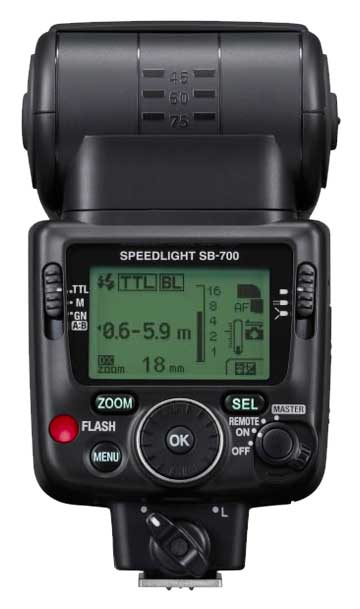
One of the main complaints about the SB-900 since it was released has been the thermal shutdown. Again this isn’t scientific, but the SB-900 seemed to shut down after 10 or so ½ to 1/1 shots while the SB-700 hasn’t shut down on me once. I put it on 1/1 and pressed the test button for about 25 “pops” and didn’t ever get above ¼ on the thermal readout on the LCD.
Some exclusions
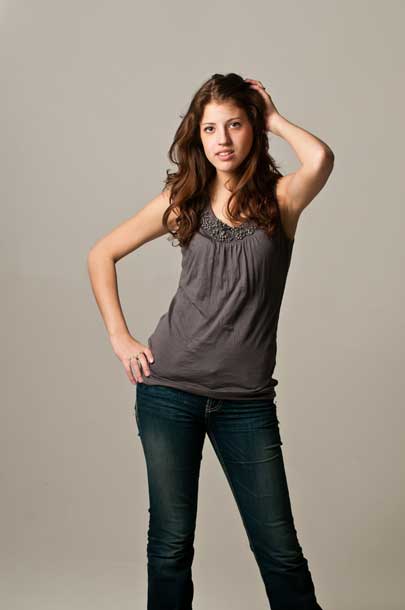
As has been reported, the SB-700 lacks a traditional PC input for external triggering. Again, to me this isn’t an issue because I’m using the Flex TT5 units from Pocket Wizard, but for some true “Strobists” this is a deal breaker. If you absolutely have to have a PC input, check out a Wein Safe-sync. Another thing that I would have liked to have seen included is an external power plug. There are times when adding an external power pack for extended use is helpful. Particularly when I’m placing flashes in a hard to reach location where it’s not convenient to change batteries.
Not really an exclusion as much as it is a change, Nikon has changed the TTL function slightly with this flash. Starting with the Nikon SB-700, you can no longer manually turn BL off on the TTL function. When attached to a camera, the Flash will go to standard TTL with no BL when the camera is placed in spot meter mode. The problem here is when the SB-700 is connected to the Pocket Wizard Flex units, it thinks that it is connected to a camera in normal metering mode. There is no way to turn off the BL. This will come into play when trying to photograph a subject that is surrounded by darkness. Nikon claims that the TTL is improved and that this won’t cause an issue, but the whole idea of BL is to balance the light, which if the background is darkness, may cause a problem. This flash is firmware updatable similar to the SB-900 so hopefully the BL issue will be addressed in a firmware update in the near future.
Is it worth it?
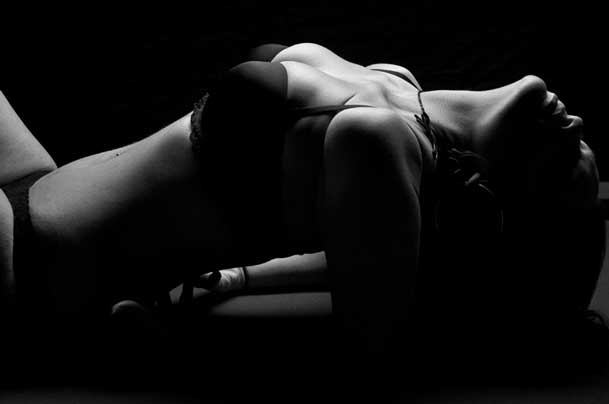
I didn’t know what to expect when I ordered the SB-700. Would it be closer to the SB-800 or the SB-600? What I found was an awesome flash with the power, control, and options that make it a must have for my flash arsenal. I will be adding more of these great units to my flash bag as needed. If you are in the market for a new Nikon CLS flash, you should take a long hard look at the SB-700.
Update: After talking to a Higher up Nikon Rep, it seems that the SB-600 is NOT being replaced by the SB-700. The gap between the 600 and the 900 is being filled with the SB-700.
As for the control, I need to clarify what I was talking about. If you have the SB-700 in master mode, and have it set to TTL, you can adjust the TTL Flash value up and down by selecting the channel and turning your command dial left or right. What I was referring to was having your SB-700 in master mode. The Master flash set to TTL and trying to set one of your remote flashes to manual mode. You cannot do this. Jason
You can get the Nikon SB-700 for $329.95 here from B&H Photo and Video.
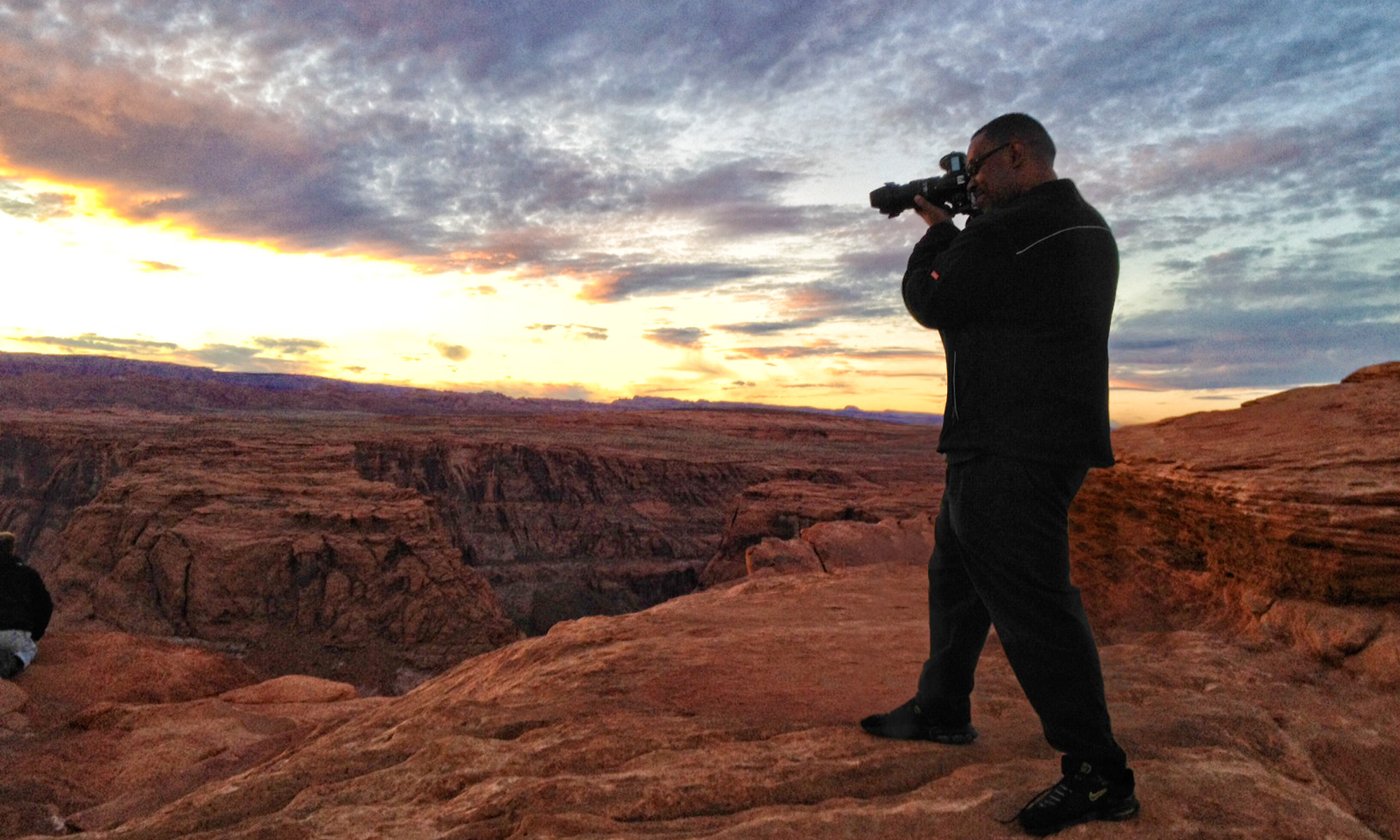

I just ordered one of these last night. I’d have been really depressed if you had panned it this morning.
Hurray!
😎
Dear Jason,
I need to comment here on two topics in your review that are incorrect. First of all, the SB-700 is not a replacement for the SB-600. It fills in a $300 gap between the SB-600 and the SB-900 Speedlights.
Another major point that needs to be corrected is your statement of, “The reason that I said Nikon only get’s part of the way there on the control has to do with the way it handles it’s wireless flash units. With the 700 in master mode, the remote flash units are set to the same flash exposure mode as the 700. This means that if you are using TTL for the main on camera flash, you can’t set the remote units to anything else.”
Please refer to the SB-700 instruction manual on pages D-6 to D-9 where it shows how to where it shows how to do compensation of remote flashes from the SB-700 in the Master flash mode giving the photographer full control over the output of the remote flashes while in the TTL mode directly from the SB-700.
I hope this information helps,
Scott
I spoke with a Nikon rep who informed me that the SB-600 is being phased out, replaced by the SB-700. The SB-600 isn’t going to be available for much longer. As for the settings, unfortunately you can’t set the remote flashes to any different setting than the master unit. You can turn the master unit off and set the remote units to manual by sliding the switch to M, but you cannot individually change your remote flashes.
Jason, Terry,
Thank you this is the best and most complete review of the SB-700 Flash I have read.
I got the SB-700 first of the year and hoped it was a smaller version of the great but large SB-900. I was not disappointed.
The SB-800 and SB-600 are great flashes but the new user interface controls on the SB-700 and SB-900 is a big improvement.
The SB-700 is A great addition to my flash equipment.
Cheers, Bill990
Thanks for your review, Jason. I’ve been wanting a simpler flash than the SB-800 but have been worried about the issues and size of the SB-900. This sounds like it would be perfect for my needs. Great review.
Thanks, Lynn
I purchased an SB-700 not long ago, as I knew I wanted to get more and better light in some situations. The the few times I’ve used it so far I’ve realized 2 important things. First what an improvement a real flash makes over the on camera flash – I knew that but seeing if first hand really brings it home. However what I also realized is how much I don’t know about how to use the flash that well or get the most out of it. I am very comfortable balancing aperture, ISO, and shutter speed when shooting, but when it comes to similar variables on a flash I’m a bit lost. Should I increase or reduce the power, what spread setting to use and whether to bounce it off the ceiling , use the bounce card, the grid or the included diffusers.
Do you have a recommendation for a book or article on “Understanding your flash and getting the most from it” for those of us that are looking to wade into the shallow end of the light pool. I’ve looked over a few books that cover lighting but they seem to at the deep end of hte light pool- often mutliple lights in a studio setup. I’m looking to wade into this. Any help would be appreciated.
jim
Jim, I would start with Joe McNally’s “The Hot Shoe Diaries”. That book is all about the Nikon CLS system and using your flash in TTL mode. After that, I would check out http://www.strobist.com for more advanced off camera non TTL information. You can also check out Kelby Media for great online video’s about not only flash but photography, Photoshop, and many other photography related topics.
Jason,
Thanks very much. I will check those out.
Jim
Hi Jason,
Thanks for the review. I have an SB-600 which I gifted to my daughter. I picked up the SB-700 as a replacement. After reading a Ken Rockwell review of the SB-700, I was ready to give up photography forever. My head hurt. 🙂 Thanks for a well balanced review.
Update: After talking to a Higher up Nikon Rep, it seems that the SB-600 is NOT being replaced by the SB-700. The gap between the 600 and the 900 is being filled with the SB-700.
As for the control, I need to clarify what I was talking about. If you have the SB-700 in master mode, and have it set to TTL, you can adjust the TTL Flash value up and down by selecting the channel and turning your command dial left or right. What I was referring to was having your SB-700 in master mode. The Master flash set to TTL and trying to set one of your remote flashes to manual mode. You cannot do this. Jason
On Nikon Japan’s web site for discontinued products (in Japanese), the SB-600 is listed, along with the SB-800, etc.: http://www.nikon-image.com/products/discontinue/others/#h305
B&H also specifies that the SB-600 is discontinued, although they still have the gary-market version available: http://www.bhphotovideo.com/c/search?Ntt=nisb600&N=0&InitialSearch=yes
So with an SB-900 working as a Master, would the SB-700 be more, less, or equally capable compared to more SB-900’s off-camera? I’m thinking “Hot Shoe Diaries” type stuff here.
Still not a single firmware update for this flash and sadly, still no way to turn off BL mode from the menu. Why? I am thinking of selling this unit and switching to Yongnuo. They are a much better value for money and seem to care about offering customers features instead of taking them away.